Choosing the right air dryer for compressor systems is critical in ensuring optimal performance and longevity of machinery in various industrial applications. According to a recent report by the International Journal of Engineering Research and Applications, up to 70% of compressor failures can be attributed to inadequate moisture control, highlighting the necessity of effective air drying solutions.

With the market for air dryers projected to grow at a CAGR of 5.3% from 2021 to 2026, it is clear that businesses are increasingly recognizing the importance of investing in high-quality air drying systems. These systems not only enhance energy efficiency but also reduce maintenance costs significantly, as they help prevent corrosion and other moisture-related issues.
Thus, understanding the critical factors involved in selecting the best air dryer for compressor applications is essential for any organization looking to optimize their operational efficiency and protect their investments.
Air dryers play a critical role in compressor systems by removing moisture from compressed air, which can significantly impact both operational efficiency and the longevity of equipment. According to a report by the Compressed Air and Gas Institute, moisture is known to lead to corrosion, decreased efficiency, and increased wear in pneumatic tools and machinery. In fact, up to 80% of all compressed air system issues stem from moisture-related problems. By effectively eliminating moisture, air dryers help maintain optimal performance and reduce maintenance costs.
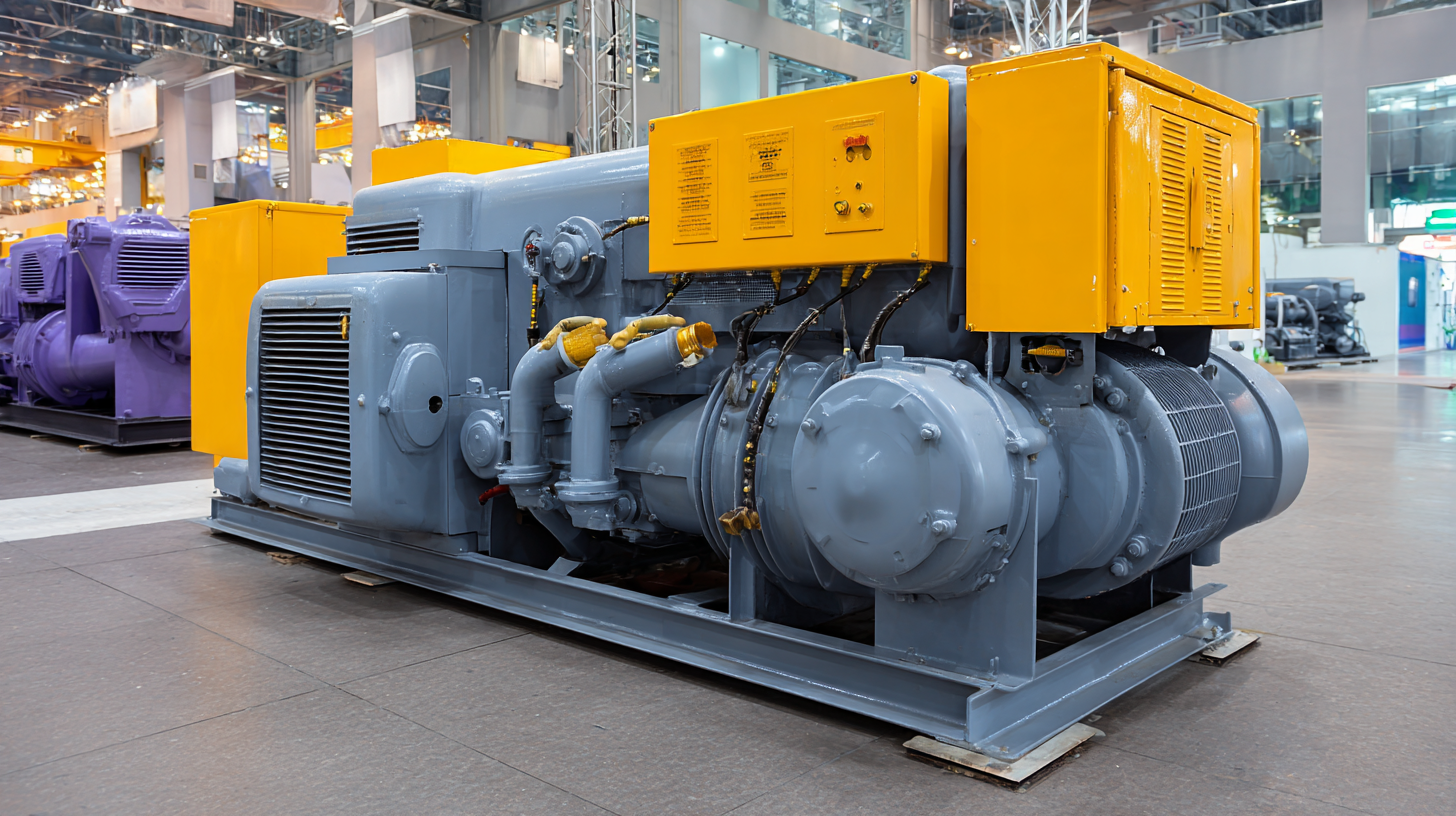
The effectiveness of the air dryer directly influences the overall productivity of compressor systems. Data from the International Journal of Industrial Automation and Control indicates that organizations that implement proper air drying solutions can achieve energy savings of up to 30%. With the rising energy costs, these savings not only justify the initial investment but also enhance the return on asset utilization. Selecting the right air dryer—be it refrigerated, desiccant, or membrane—ensures that specific industry requirements are met, safeguarding the quality of the compressed air and the equipment relying on it.
When selecting an air dryer for compressor systems, understanding the key types and their applications is crucial for optimal performance. The most common types of air dryers include refrigerated, desiccant, and membrane dryers. Refrigerated dryers operate by chilling the compressed air to condense moisture, making them suitable for general applications where temperatures vary modestly. According to a 2021 report by the Compressed Air and Gas Institute (CAGI), refrigerated air dryers can achieve a pressure dew point (PDP) of about 33°F (1°C), ensuring a reliable moisture removal process in industrial settings.
Desiccant dryers, on the other hand, are designed for more critical applications requiring extremely low dew points, often as low as -40°F (-40°C). These dryers utilize materials like silica gel or activated alumina to absorb moisture from the air, making them ideal for industries such as pharmaceuticals and food processing where product integrity depends on maintaining low humidity levels. A study published by the International Journal of Engineering Research in 2022 highlighted that using desiccant dryers can enhance production efficiency by minimizing moisture-related issues, leading to a significant reduction in operational costs for high-precision applications. Membrane dryers present a compact solution for smaller systems, utilizing selective permeability to separate moisture from the air. Their lightweight and energy-efficient design makes them ideal for mobile or intermittent applications, particularly in construction or automotive sectors. Understanding these distinctions will help businesses choose the most suitable air dryer for their specific operational needs.
When evaluating air dryers for compressor systems, performance metrics play a crucial role in ensuring optimal functionality. Key factors to consider include the drying capacity, which is often measured in cubic feet per minute (CFM). This metric indicates how much compressed air can be processed, ensuring the dryer can handle the demands of your system without creating a bottleneck. Additionally, examining the pressure drop across the dryer is essential, as excessive pressure loss can reduce the efficiency of the entire air compression system.
Another vital metric is the dew point temperature, which signifies the dryness of the air produced. A lower dew point indicates more effective drying, preventing moisture-related issues in downstream equipment. Furthermore, efficiency ratings, such as energy consumption and operational costs, should not be overlooked. Selecting a dryer with high energy efficiency can lead to significant cost savings over time, making it a wise investment for any compressor system. By prioritizing these performance metrics, you can make an informed decision that enhances reliability and productivity in your operations.
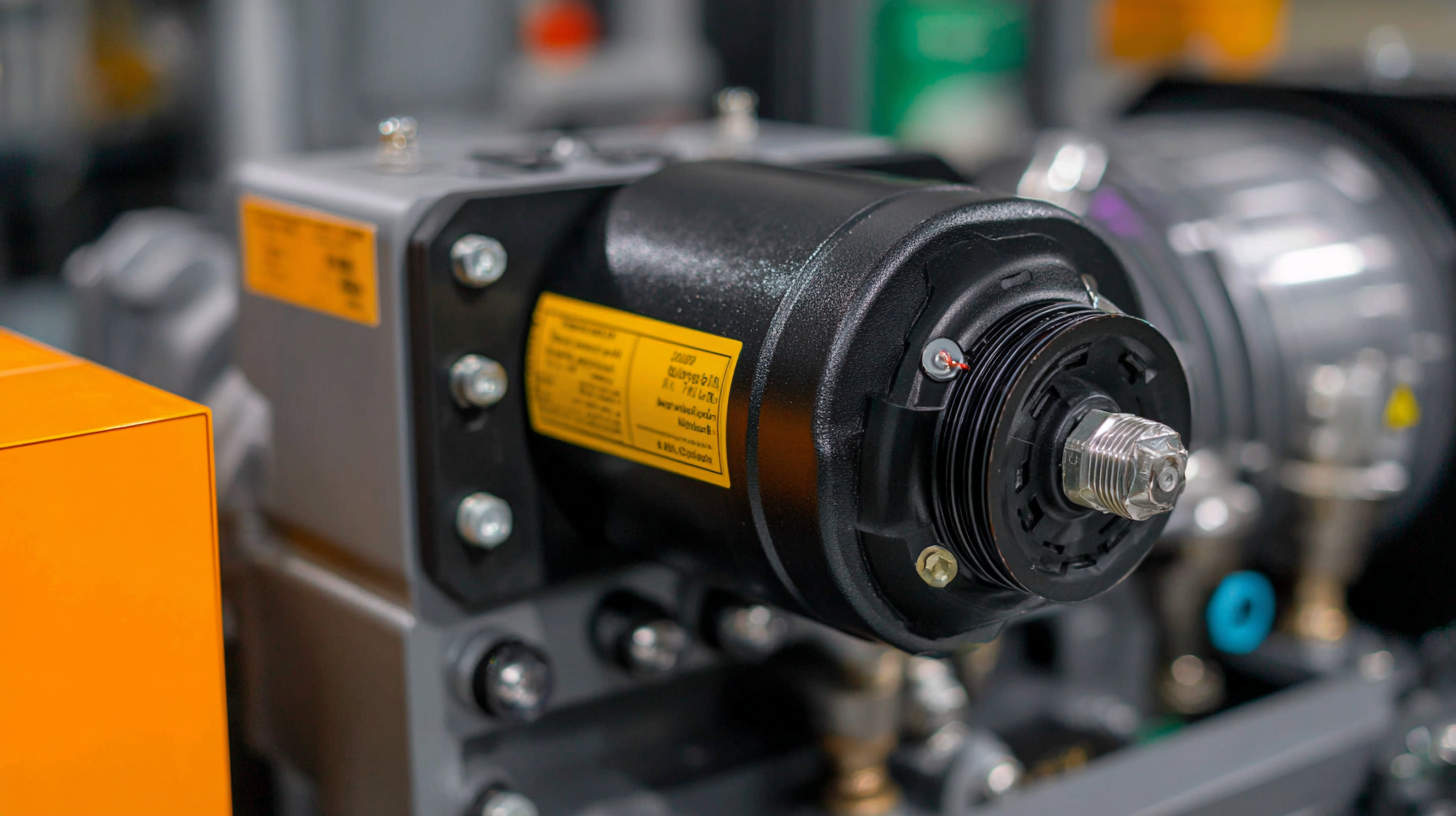
When selecting an air dryer for compressor systems, assessing energy efficiency and cost-effectiveness is paramount. According to a 2021 report by the Compressed Air and Gas Institute, energy costs account for nearly 80% of the total lifecycle cost of operating an air compressor system. Hence, choosing an efficient air dryer can lead to substantial savings. For instance, regenerative desiccant dryers can reduce energy use by 50% compared to traditional heatless dryers, making them an excellent option for industries focused on sustainability and cost reduction.
Tips: Consider the dew point requirements for your application. A lower dew point often indicates more energy-intensive drying methods. Evaluating the specific moisture needs can prevent oversizing, which not only saves energy but also minimizes initial investment and operating costs.
Moreover, pay attention to the dryer’s integrated controls and monitoring systems. Advanced models can optimize energy consumption during off-peak hours, potentially resulting in savings of up to 30% on electricity bills, according to a study by the International Compressor Engineering Conference. An air dryer that adjusts to real-time usage can significantly enhance both energy efficiency and cost-effectiveness.
Maintaining your air dryer system is crucial for ensuring its longevity and efficiency, making it an essential aspect of your overall compressor system upkeep. Regular maintenance can significantly reduce operational costs and prevent unexpected failures. According to industry reports, proper maintenance can extend the life of air dryers by up to 50% while improving efficiency by approximately 20%. Key maintenance practices include regularly checking and replacing filters, inspecting for leaks, and ensuring proper moisture removal within the system.
Incorporating routine checks into your maintenance schedule not only helps identify potential issues early but also boosts the overall performance of your air dryer. Just like HVAC systems require periodic check-ups to prolong their lifespan, air dryers benefit from similar diligence. Certain studies indicate that businesses that prioritize routine maintenance can see a return on investment through reduced utility costs and fewer emergency repairs. Engaging in proactive maintenance will ultimately safeguard your equipment, providing peace of mind and optimal operational performance.
| Air Dryer Type | Efficiency (%) | Operating Temperature Range (°F) | Maintenance Frequency (Months) | Average Lifespan (Years) |
|---|---|---|---|---|
| Refrigerated Air Dryer | 90 | 35 to 50 | 12 | 10 |
| Desiccant Air Dryer | 95 | -40 to 100 | 6 | 8 |
| Membrane Air Dryer | 80 | 32 to 120 | 18 | 5 |
| Cyclone Separator | N/A | 0 to 160 | 24 | 15 |
| Heatless Desiccant Dryer | 99 | -40 to 140 | 12 | 6 |
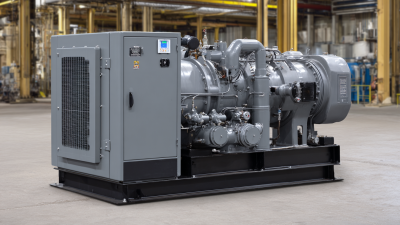

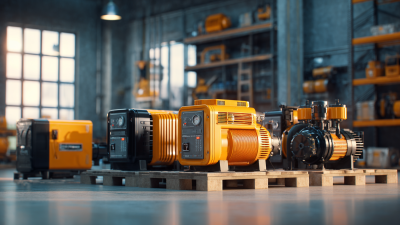
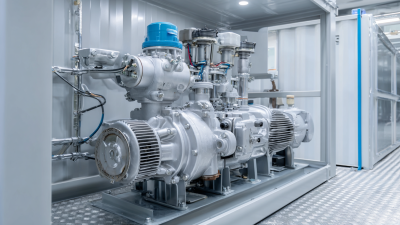


Please share your email with us to see your results.











